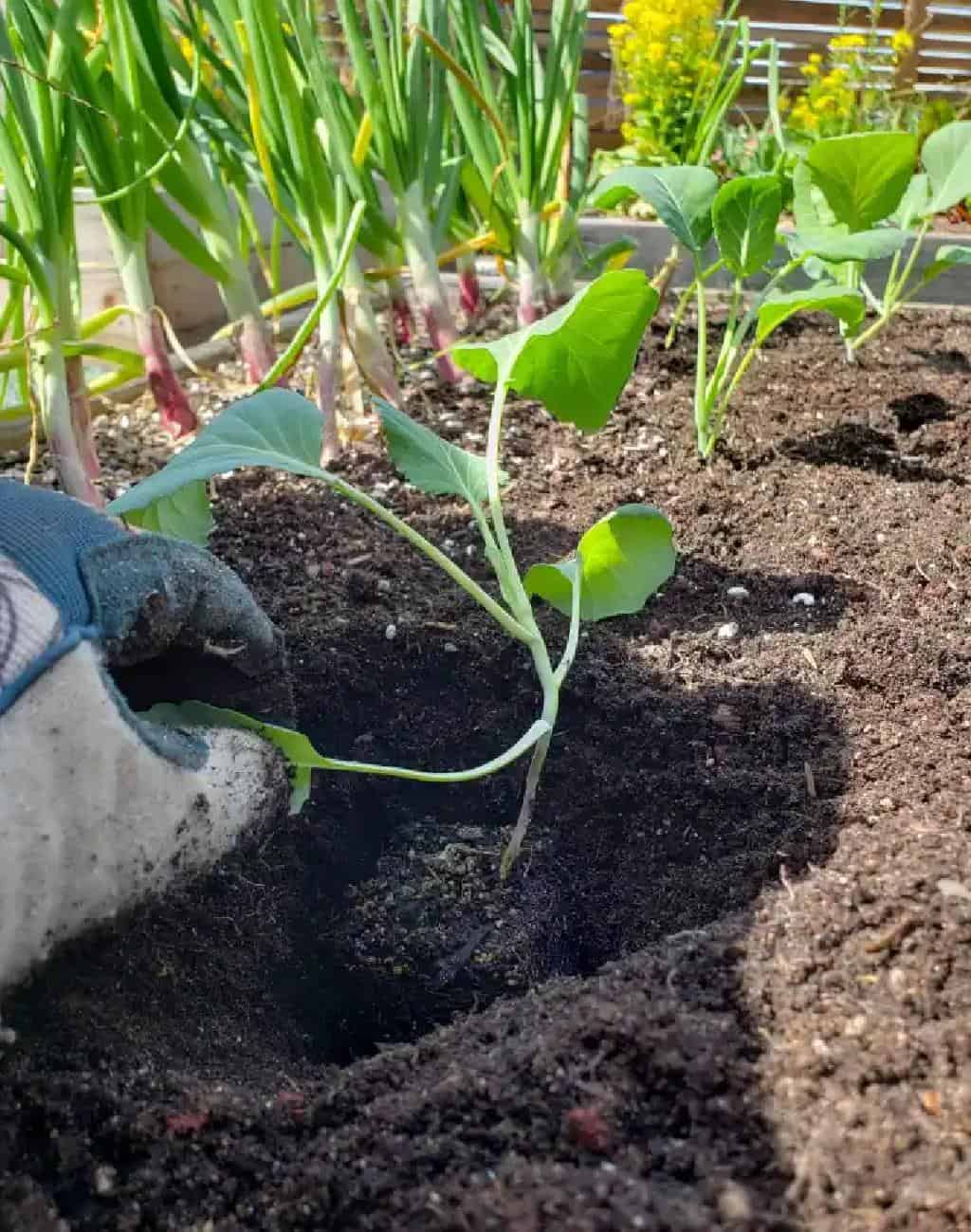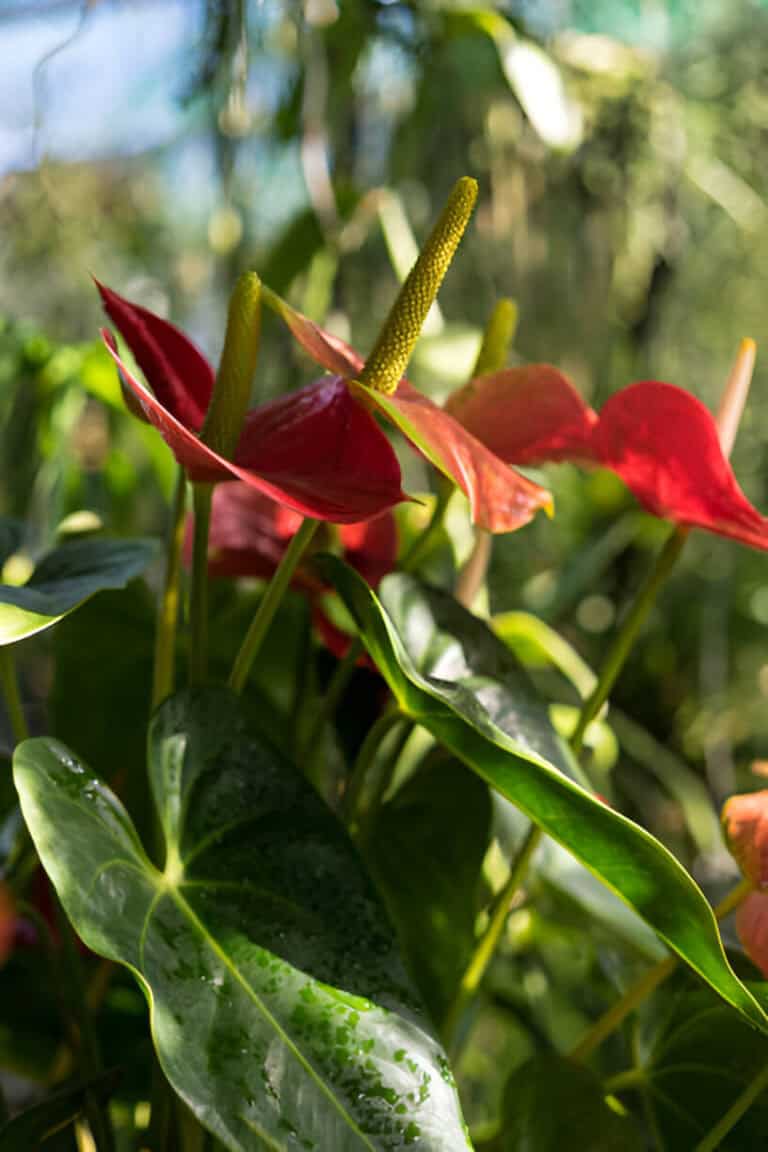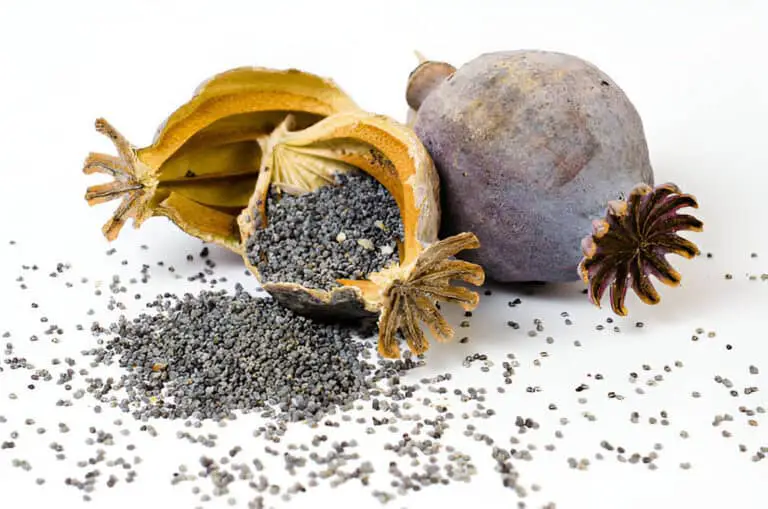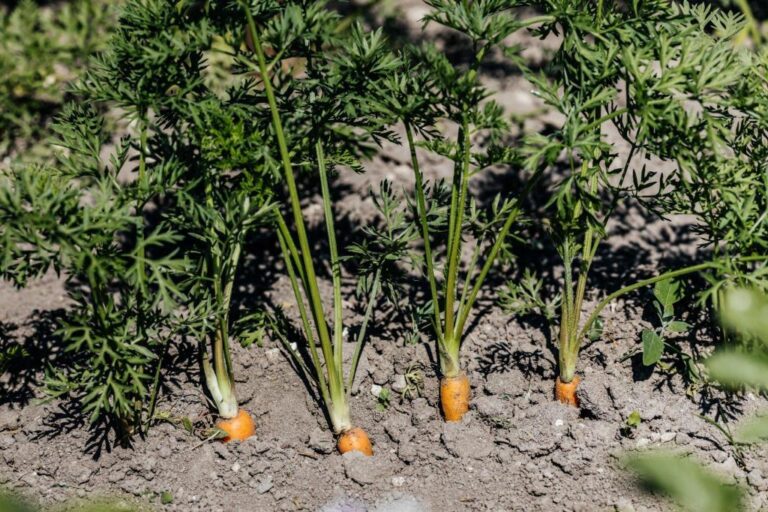Broccoli Seedlings Leggy: Common Causes and How to Prevent Them

Are your broccoli seedlings looking tall and spindly, with weak stems and leaves that are struggling to reach the sunlight? If so, you may be dealing with the issue of leggy seedlings. Leggy seedlings can be frustrating, but don’t worry; we’re here to help.
Broccoli seedlings leggy are a common problem faced by many gardeners. Leggy seedlings refer to those that have long, weak stems and sparse foliage. This condition hinders the healthy growth and development of broccoli plants.
In this article, we’ll explore the common causes of leggy broccoli seedlings and provide you with practical tips on how to prevent this problem. Let’s dive in!
Understanding Leggy Broccoli Seedlings
When it comes to understanding leggy broccoli seedlings, it’s essential to grasp the underlying factors that contribute to this phenomenon. Leggy seedlings are characterized by their elongated stems and sparse foliage, resulting in weak and lanky plants.
This condition occurs when seedlings stretch in search of sufficient sunlight, a process known as etiolation. Insufficient light exposure is the primary culprit behind leggy growth.
Broccoli seedlings, like many plants, rely on light for photosynthesis, the crucial process that fuels their growth. In their quest for light, seedlings stretch and elongate their stems, hoping to reach the nearest light source. This response is nature’s way of ensuring their survival in low-light conditions. However, if not addressed promptly, leggy growth can hamper the overall health and productivity of the broccoli plants.
What Causes Leggy Broccoli Seedlings?
Leggy broccoli seedlings occur when the plants grow excessively tall and thin, usually with weak stems and leaves that are spaced far apart. As already mentioned, this condition is a response to inadequate light conditions and is more common when seedlings are started indoors or in low-light environments.
Here are some other common causes of leggy broccoli seedlings:
- Insufficient Light: One of the primary reasons for leggy seedlings is a lack of adequate light. When seedlings don’t receive enough light, they stretch in an attempt to reach for more light, resulting in long, spindly stems. This often happens when seedlings are grown indoors or in areas with limited natural sunlight.
- Inadequate Air Circulation: Poor air circulation can contribute to leggy seedlings. When there isn’t enough airflow around the plants, the stems may become weak and elongated. This is more likely to happen in tightly packed seed trays or if the growing area is not properly ventilated.
- Overcrowding: Planting too many seedlings in a small space can lead to competition for light and nutrients, causing the seedlings to stretch in search of resources. Overcrowding is a common mistake, especially when gardeners are trying to maximize their yield.
- Improper Temperature: Extreme temperature conditions, such as excessively high or low temperatures, can negatively impact the growth of seedlings. High temperatures can cause leggy growth, while low temperatures can slow down growth and weaken the plants.
- Inadequate nutrient levels: Poor soil fertility or insufficient nutrient levels in the growing medium can contribute to weak and spindly seedlings.
- Excessive moisture or poor drainage: Overwatering or inadequate drainage can suffocate the roots and hinder proper growth, leading to leggy seedlings.
- Genetics and plant variety factors: Certain broccoli varieties are naturally more prone to legginess, so selecting appropriate varieties is essential.
Now that we’ve explored the causes, let’s move on to some practical tips on how to prevent leggy broccoli seedlings.
How to Prevent Leggy Broccoli Seedlings
Preventing leggy broccoli seedlings is possible with a few simple adjustments to your growing conditions. By addressing the underlying causes, you can encourage strong and healthy seedlings. Here are some effective strategies to prevent legginess:
- Provide Adequate Light: To prevent leggy growth, ensure that your seedlings receive sufficient light. If you’re starting your seedlings indoors, place them near a bright south-facing window or use artificial grow lights. Aim for 14-16 hours of light per day to mimic natural sunlight. Adjust the light source’s height to keep it close to the plants as they grow, ensuring they receive intense light.
- Enhance Air Circulation: Good air circulation helps strengthen seedlings and prevents legginess. Use a small fan on a low setting to create a gentle breeze around your seedlings. This will help strengthen the stems and simulate outdoor growing conditions. Be mindful not to create too strong a breeze, as it can damage delicate seedlings.
- Avoid Overcrowding: Proper spacing is crucial to preventing competition among seedlings. Follow the recommended spacing guidelines for broccoli seedlings, usually around 18–24 inches apart. If you’re growing them in trays or containers, thin out the weaker seedlings to provide adequate space for the remaining plants to grow without competition.
- Maintain Optimal Temperature: Keep your seedlings in a temperature-controlled environment. Ideally, broccoli seedlings prefer temperatures between 60°F and 70°F (15°C and 21°C) during the day and slightly cooler temperatures at night. Avoid exposing them to extreme temperature fluctuations. If necessary, use a heating mat or a small heater to maintain a consistent temperature.
- Adjust Humidity Levels: Broccoli seedlings thrive in moderate humidity. High humidity can encourage weak growth and legginess. Ensure proper ventilation in your growing area to prevent excessive moisture buildup. You can also use a dehumidifier or a fan to maintain optimal humidity levels.
- Provide Nutrient-Rich Soil: Healthy soil provides essential nutrients for strong seedling growth. Before planting your broccoli seeds, amend the soil with compost or well-rotted organic matter. This will ensure a fertile growing medium that supports robust seedling development.
- Practice Timely Transplanting: If you’re starting your seedlings indoors, it’s important to transplant them at the right time. Waiting too long to transplant broccoli seedlings can lead to leggy growth as the seedlings outgrow their containers. Transplant broccoli seedlings into larger pots or the garden bed when they have developed a few sets of true leaves and the weather conditions are suitable.
- Use Supportive Techniques: To prevent leggy seedlings from collapsing under their weight, provide support. Install stakes or use plant clips to gently secure the stems. This will help the seedlings stay upright and encourage strong growth.
- Opt for Shorter Growing Varieties: If you constantly struggle with leggy broccoli seedlings, consider choosing shorter varieties that are more compact and less prone to stretching. These varieties are often labeled as “dwarf” or “compact” and are better suited for limited space or indoor growing.
By implementing these preventive measures, you can significantly reduce the likelihood of leggy broccoli seedlings and promote healthier growth.
Can You Transplant Leggy Broccoli Seedlings?
If you find yourself with leggy broccoli seedlings, you may wonder if transplanting them is a viable solution. Transplanting can indeed be a helpful strategy to salvage leggy seedlings, but it requires careful attention and proper technique. Let’s explore the process and considerations involved in transplanting leggy broccoli seedlings.
Transplanting leggy seedlings can be a bit of a delicate operation, as their elongated stems may make them more susceptible to damage. However, with the right approach, it is possible to successfully transplant them and give them a chance to thrive.
Before you begin the transplanting process, it’s important to assess the severity of the legginess. If the seedlings are excessively leggy, with extremely long and weak stems, the chances of successful transplantation may be lower. In such cases, it may be more effective to start fresh with new seedlings.
To transplant leggy broccoli seedlings, follow these steps:
- Prepare the transplanting site: Choose a suitable location in your garden or prepare larger pots for transplanting. Ensure that the soil is well-prepared and nutrient-rich, as this will provide a healthy growing environment for the seedlings.
- Water the seedlings: Before transplanting, water the seedlings thoroughly. Moist soil will help the seedlings retain moisture during the transplanting process and reduce stress.
- Gently remove the seedlings: Carefully loosen the soil around the base of each seedling, using a small trowel or your fingers. Be gentle to avoid damaging the fragile roots. Hold the seedling by its leaves, not the stem, as the stems of leggy seedlings are prone to breaking.
- Dig the transplant hole: Dig a hole in the transplanting site that is slightly larger than the root ball of the seedling. Ensure that the hole is deep enough to accommodate the entire root system without bending or crowding.
- Plant the seedlings: Place the seedling into the hole, making sure that the soil level matches the same depth as it was in the original container. Gently fill the hole with soil, pressing it firmly around the seedling to eliminate any air pockets. Avoid compacting the soil too tightly, as this can hinder root growth.
- Water and mulch: Water the transplanted seedlings thoroughly immediately after planting. Apply a layer of organic mulch around the base of the seedlings to help retain moisture and suppress weed growth. Mulching also provides insulation to the roots and helps regulate soil temperature.
- Provide post-transplant care: After transplanting, monitor the seedlings closely for the first few days. Ensure they receive adequate sunlight, water, and protection from extreme weather conditions. Keep the soil consistently moist, but avoid overwatering, as this can lead to root rot.
It’s important to note that not all leggy seedlings will survive the transplanting process. Some may struggle to recover due to the stress of transplantation or their weakened state. However, by following these steps and providing proper care, you can give leggy broccoli seedlings the best possible chance of survival and healthy growth.
Conclusion
By following these guidelines and addressing the common causes of leggy broccoli seedlings, you can significantly reduce legginess and ensure healthy, robust plants. Remember to provide adequate light, maintain proper temperature conditions, optimize spacing, nourish the seedlings, manage moisture levels, and select appropriate varieties.
In the event that leggy growth does occur, take remedial measures promptly to encourage bushier growth. With proper care and attention, you’ll be rewarded with thriving broccoli plants in your garden.
FAQs
How long does it take for broccoli seedlings to become leggy?
The timeframe can vary, but leggy growth usually becomes noticeable within a few weeks of germination.
Can leggy broccoli seedlings recover and grow normally?
With proper care and remedial measures, leggy seedlings have the potential to recover and grow into healthy plants.
Should I use artificial lighting for my broccoli seedlings?
Artificial lighting can be beneficial, especially when natural light is limited. Fluorescent or LED grow lights are commonly used for indoor seed starting.
How often should I water my broccoli seedlings?
Water your broccoli seedlings consistently, aiming for even moisture. Water when the top inch of soil feels dry, but avoid overwatering, which can lead to root rot.
Are there specific broccoli varieties that are less prone to legginess?
Yes, some broccoli varieties exhibit more compact growth and are less prone to legginess. Look for varieties labeled as “compact” or “bushy” when selecting seeds.
Can I prevent legginess by adjusting the temperature?
Maintaining a suitable temperature range, as mentioned earlier, is important to prevent legginess. However, temperature alone may not fully prevent leggy growth if other factors, such as light, nutrition, or spacing, are not optimized.






